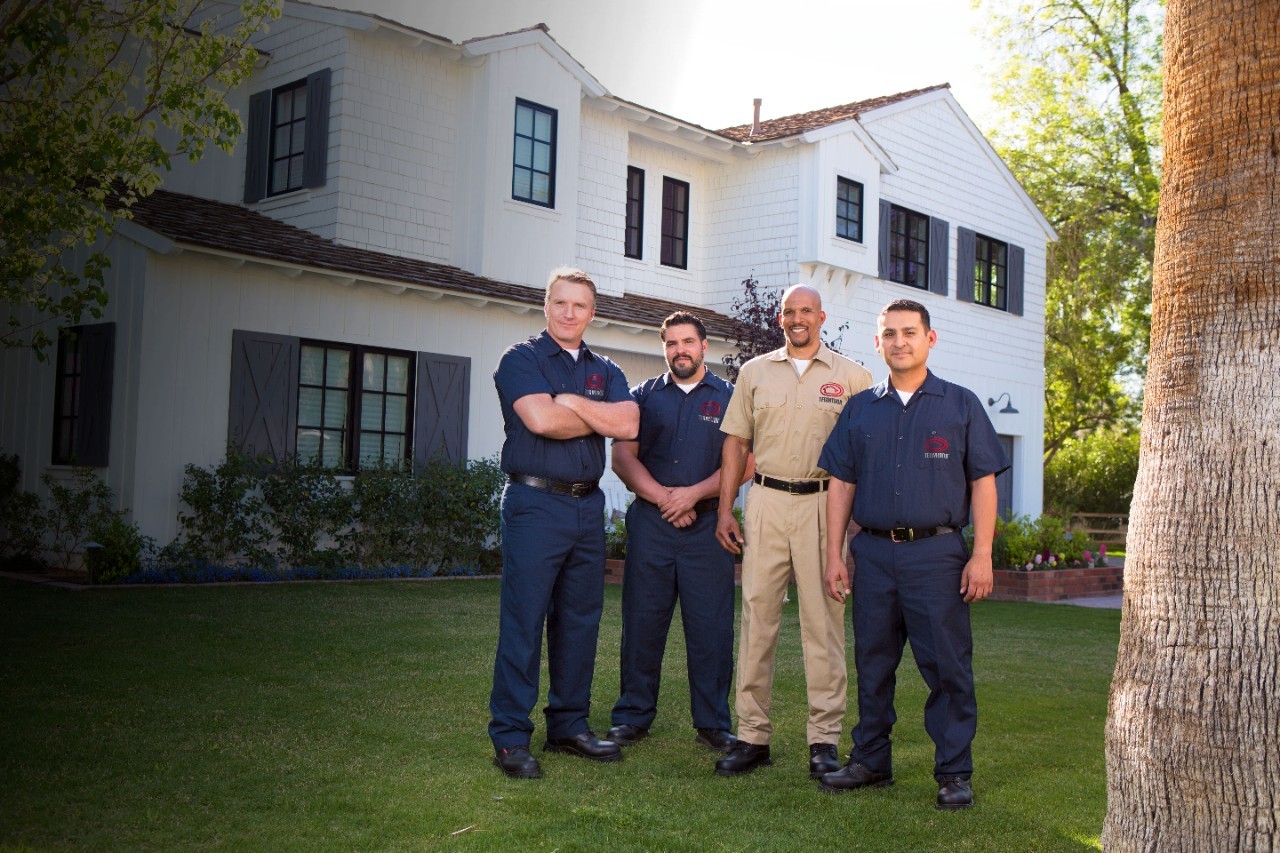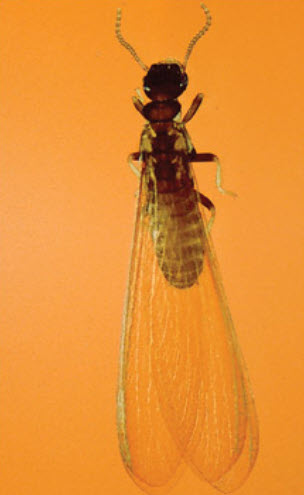- An average Eastern subterranean termite colony can consume 5 grams of wood per day, the equivalent of 2⅓ linear feet of a 2' x 4' pine board annually.
- Colony growth is slow, and it may take years before Swarmers are produced.
- Eastern subterranean termites can enter buildings through cracks less than 1/16 of an inch wide.
- The termite colony is made up of different types (castes) of termites—each with separate work responsibilities.
- Although Eastern subterranean termite colonies are largely located in the ground below the frost line, secondary colonies can exist above ground, and examples of true above-ground colonies existing without any ground contact have been seen. However, such above-ground colonies have access to moisture and often the source is a roof or plumbing leak.
- Eastern subterranean termites will often build mud tubes for travel between their colonies and their food sources.
- The king and queen in a colony can live for 10 to 30 years, while workers live for about two years.
The Eastern subterranean termite is the most common and most widely distributed termite in North America. It is a problem for homeowners from southern Ontario in Canada, south throughout the central & eastern United States, and as far west as Montana.
This native American pest feeds on such cellulose materials as structural wood, wood fixtures, paper, books, and cotton. Occasionally, it will even attack the roots of shrubs and trees.
A mature colony of Eastern subterranean termites can range from a low of 20,000 to a high of 5 million workers, with an average of 300,000. The colony's queen can add 5,000 to 10,000 eggs per year to the total.
While Eastern subterranean termite colonies are not the largest termite colonies you can find, there can be more than one colony working in a single building. Signs of Eastern subterranean termites include dirt-colored tubes built to serve as protected paths from the earth to the wood the termites are feeding on, and the translucent wings shed by the kings and queens during swarming. Swarming usually occurs in the spring, but swarms can occur in the summer and fall.
Some quick facts about Eastern subterranean termites:
Interested in learning more about termites?

The assurance of a Termidor termiticide/insecticide licensed professional.
Your licensed pest management professional can also help explain how to correct any conditions that currently exist in your home that are inviting to termites.


